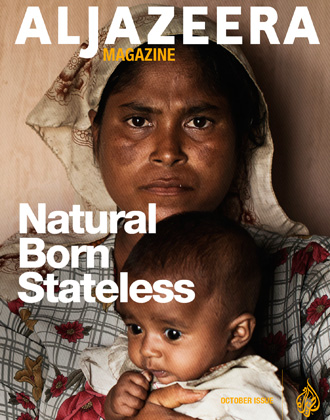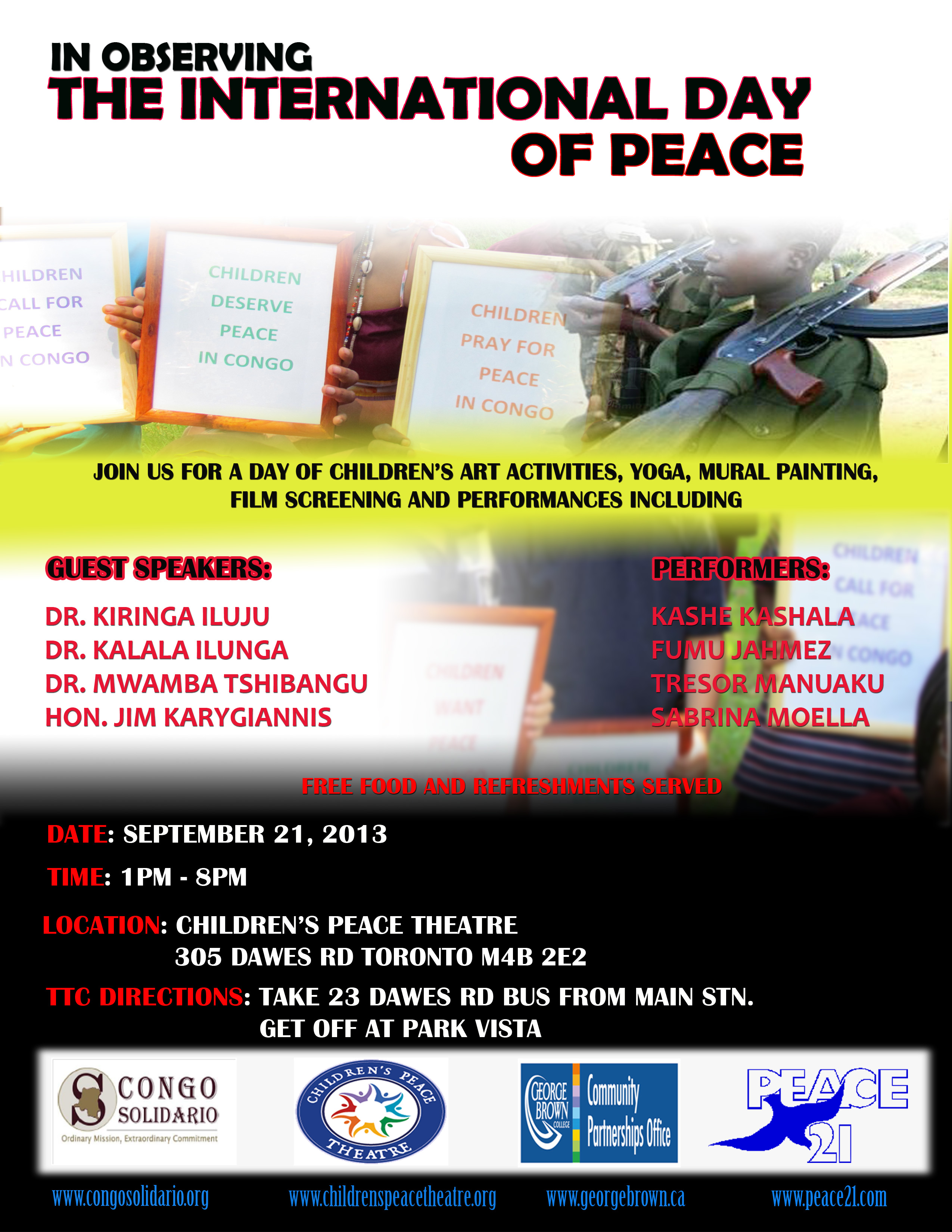War and political turmoil force thousands to leave their homelands, but why do so many risk it all in search of asylum?
Everyday war, poverty and political unrest force thousands of people to leave their homelands in search of a better life.
The United Nations says that there are now more refugees than at any time since 1994. And many do not always reach their final destinations.
One popular migrant route from Africa to Europe is via Italy’s Lampedusa island. Located southwest of Sicily, the island is actually closer to Africa – just over 100km from the coast of Tunisia. For years it has been a stepping stone for undocumented migrants seeking a better life in Europe.
More than 8,000 refugees arrived on Lampedusa in the first nine months of this year, but on October 3, more than 300 Eritrean and Somali asylum seekers drowned when their fishing boat sank off the Italian island.
Despite huge risks, refugees continue to make the dangerous crossing from North Africa to Europe on an almost daily basis.
Most refugees come from Iraq, Sudan, Afghanistan, Syria and Somalia. Among the main causes of global migration are war, famine and political turmoil.
Most migrant arrivals by boat to the European Union land in southern EU countries, like Italy and Malta, which have appealed for more support and resources to deal with the influx.
This has prompted the European Commission to press for greater resources to survey and patrol sea routes; the opening of more channels of regular migration; increased cooperation with countries of origin and transit, especially Libya; and spreading migrants more evenly across the EU.
“We are verging on the unsustainable now. Honestly, something needs to be done,” Malta’s Primer Minister Joseph Muscat said.
“First of all the people who get their application refused need to go back, I do believe that we need to convey the message that there should be legal ways in which to reach Europe and that Europe is not the promised land of milk and honey. It’s a place where there are problems and people should not expect a solution to all their woes, just like that, overnight.”
Indonesia is a popular transit point for asylum seekers going to Australia, but 36 people died in September when their Australia-bound boat sank off Indonesia’s coast. All the victims of that accident were from the Middle East.
Australia’s government sends undocumented migrants to processing centres in the Pacific Islands. Prime Minister Tony Abbott promises to turn back any boats with refugees, and his tough immigration policies helped his party win the country’s recent elections.
Since 2007, around 45,000 people have arrived in Australia, but the number of asylum seekers arriving by boat has fallen since the new policy was adopted.
So, why do so many people risk it all to cross into other countries? And what is being done to protect them?
To discuss this, Inside Story, with presenter Laura Kyle, is joined by guests: Mikael Ribenveek, the deputy director general of the Swedish Migration Board; Jamal Osman, a former refugee from Somalia who has settled in the UK; and Volker Turk, the director of international protection with the United Nations High Commissioner for Refugees.
“As you know, human smuggling and trafficking is a big business, is organised crime, but … unfortunately in many parts of the world legal entry for refugees is not possible, so you would as a result see an increase in so-called irregular migration … which is sometimes for them the only way to escape and to seek safety. This is very unfortunate but this is how it is , I am afraid to say.”
– Volker Turk, the director of international protection with the United Nations High Commissioner for Refugees







